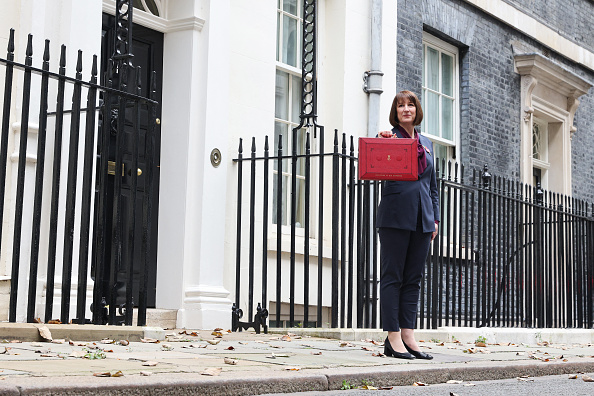To this end the Disability Rights Commission (DRC) has produced a Code of Practice and a range of guidance notes to help small businesses get ready for the change and consider it in plans for the future.
The change is the final part of the Disability Discrimination Act and means that “service providers may have to make reasonable adjustments in relation to the physical features of their premises to overcome physical barriers to access.”
The DRC offers a number of pieces of advice for small firms to comply with the move in its publication A practical guide for small businesses and other service providers. This identifies the range of disabilities to be considered, including sight and hearing impairments, physical and mobility impairments, mental ill health and learning disabilities.
It also outlines these principles to think about in accommodating people with these disabilities:
- Identifying and finding the premises
- Approaching the premises
- Entering the premises (steps and doors)
- Finding the way around
- Moving about within the premises
- Communicating with staff
- Getting to goods and services
- Customer toilets
- Getting out of the premises
Amongst the factors considered in judging whether a change is “reasonable” or not are the effectiveness of it in overcoming difficulties faced by the customer, how practical it is for the business to implement the change and the cost of the change.
As well as complying with the law, any changes would open up a business to a wider range of customers. The DRC illustrates this by pointing out that disabled people have £40 billion a year to spend – i.e. “a lot of customers with money to spend.”
The publication Making access to goods and services easier for disabled customers – A practical guide for small businesses and other service providers is available free of charge from www.drc-gb.org along with the Code of Practice and various other guides and case studies relating to the change in the law.
See also Equal Opportunities





